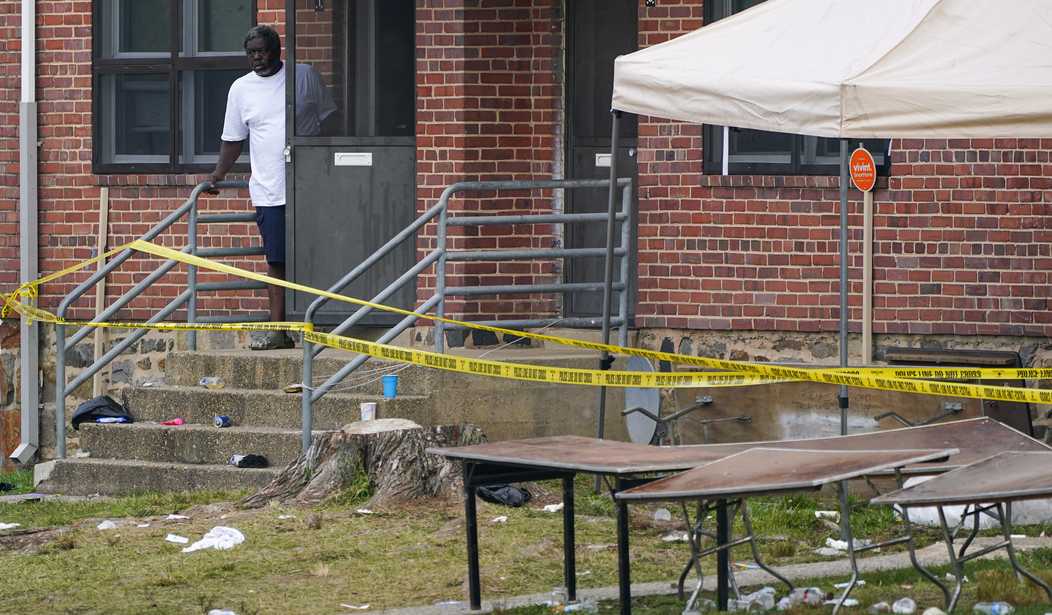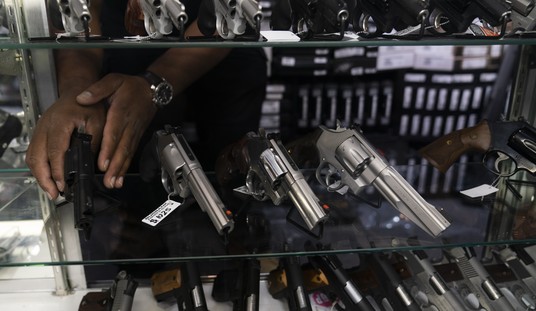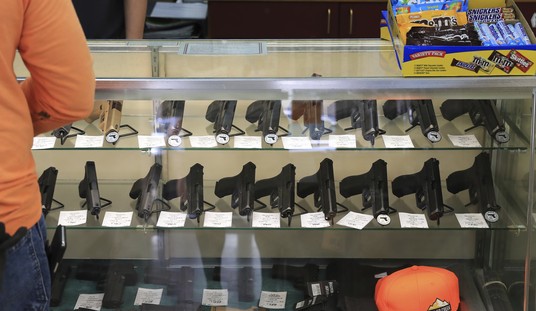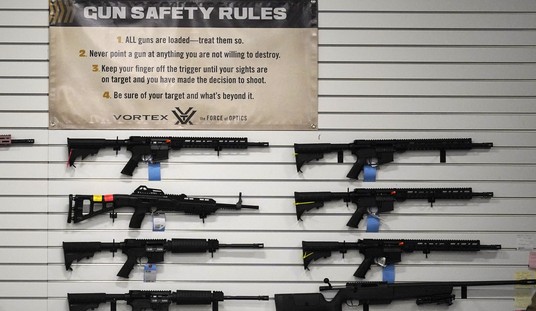There’s been a lot of long-form journalism on gun-related issues this year, including some of the most thoughtful and in-depth reporting that I’ve seen from the mainstream media in years. Unfortunately, there have also been far too many pieces that start with the premise that gun ownership is a problem that must be solved, particularly if we’re ever to solve the issue of “gun violence.”
Perhaps the best example of that type of simplistic moralizing comes from USA Today columnist Suzette Hackney, who concluded her year-long report on individual victims of gun violence with a piece that tries to make the case we know how to stop these senseless acts; passing more gun control laws.
There’s something we can do about that. Just ask the people in the cities.
“Congress should pass additional gun regulations that will protect our communities from massive mass shootings,” Regina Romero tells me when I call. She’s mayor of Tucson, Arizona. She’s also a co-chair of an initiative called Mayors Against Illegal Guns (MAIG), an outgrowth of the gun violence prevention organization Everytown.
But it’s not just about mass shootings, she says. It’s about the everyday toll.
She and her co-chairs know nobody else is coming to save them. In many states, including Romero’s, state legislatures bar cities from taking the steps they want to take to slow gun violence.
Earlier this year, Philadelphia filed a lawsuit seeking the power to pass its own firearms laws. In Pennsylvania – as in more than 40 other states – state law bans cities from making any local gun rules that are tougher than statewide law. The city says that law deprives Philadelphians of their right to life and liberty. The state Supreme Court has yet to decide whose rights are more important.
“We need the cities and the states – every layer of government – to have a strategy and a focused approach to tackle the reasons why this is happening,” Romero says. “It’s going to take all of us.”
Some states are trying. I went to Seattle to look for the spirit of a man who started his work as an activist calling for an end to school shootings, and I found an echo of him in the records of the state Legislature. Just after he died, Washington state passed an assault rifle ban – a direct response to school shootings. But that law may soon be upended in the courts.
Hackney goes on to highlight California’s declaration that public parks will be “gun-free zones” come January 1st, but bemoans the court decision that could keep enforcement on hold. She also offers up Oregon’s Measure 114 as another example of something that can “solve” gun violence, while objecting to a judge’s decision that the measure’s “permit to purchase” scheme and ban on “large capacity” magazines is unconstitutional. She even praises Everytown Law’s new lawsuit filed in conjunction with Baltimore Mayor Brandon Scott that seeks to undo the Tiahrt Amendment and allow unfettered access to ATF trace data so anti-gun politicians can use that information to sue gun makers and sellers.
In short, Hackney’s preferred “solution” is simply more gun control; whatever can be passed and imposed on legal gun owners regardless of what the Constitution has to say. But her argument falls apart when you consider all of the gun control laws that are in place at both the state and federal level that failed to protect many of her subjects from becoming victims of “gun violence”; or more specifically, the victims of a very small cohort of Americans who are well known to law enforcement, largely prohibited from legally possessing firearms, and are the most likely to be the perpetrators of these acts of violence.
Hackney wrote movingly about the life and and death Jose Quezada, for instance; a man who spent years working to keep kids out of trouble who was shot and killed in a public park in Wilmington, California. But does she honestly believe he would be alive today if Gavin Newsom and California Democrats had banned concealed carry in parks a little earlier? While no suspects have been arrested in Quezada’s death, Hackney’s report quotes law enforcement officials who believe that Quezada was killed by gang members, who probably weren’t lawful concealed carry holders to begin with, and likely weren’t allowed to legally possess the gun they used to take his life.
Hackney also highlighted the work done by Taronn “Tree” Sloane, an ex-con who spent time in prison but now works as a violence interrupter in New York City. In January Sloane was shot in the stairwell of his apartment building, thankfully surviving the injuries that were inflicted by someone using a pistol in one of the most gun-restrictive states in the Union… none of which prevented the attack from taking place.
Her profiles of the individuals who are working to combat violent crime in their communities are worth reading, but her attempt to wrap up her year of reporting in a neat little bow is underwhelming and frankly, more than a little incoherent. At one point in her piece, for instance, Hackney claims, “solutions are being blocked,” but just a few paragraphs later asserts that “there is no one solution.” She even acknowledges “[w]e’re never going to be rid of guns”, but every one of the legislative policies she praises is about reducing or restricting legal gun ownership and the right to keep and bear arms.
I have no doubt that Hackney cares about this issue, as well as the individuals she profiled over her twelve months of reporting, but that doesn’t change the fact that the “solutions” she’s supposedly found have failed to eradicate gun violence, even in the most restrictive of locales. At a time when the homicide rate is dropping at a pace not seen in decades (a fact that Hackney ignores while claiming that “the death toll is increasing”), there’s clearly some valuable work being done. Given that murders are declining in both gun-controlled states and those that impose few restrictions on lawful gun owners, however, I can’t help but think that Hackney has missed the real strategies and policies that are paying off because she’s too focused on promoting the same stale and tired “ban our way to safety” ideology the gun control lobby insists is the only real way to address and combat “gun violence”.









Join the conversation as a VIP Member